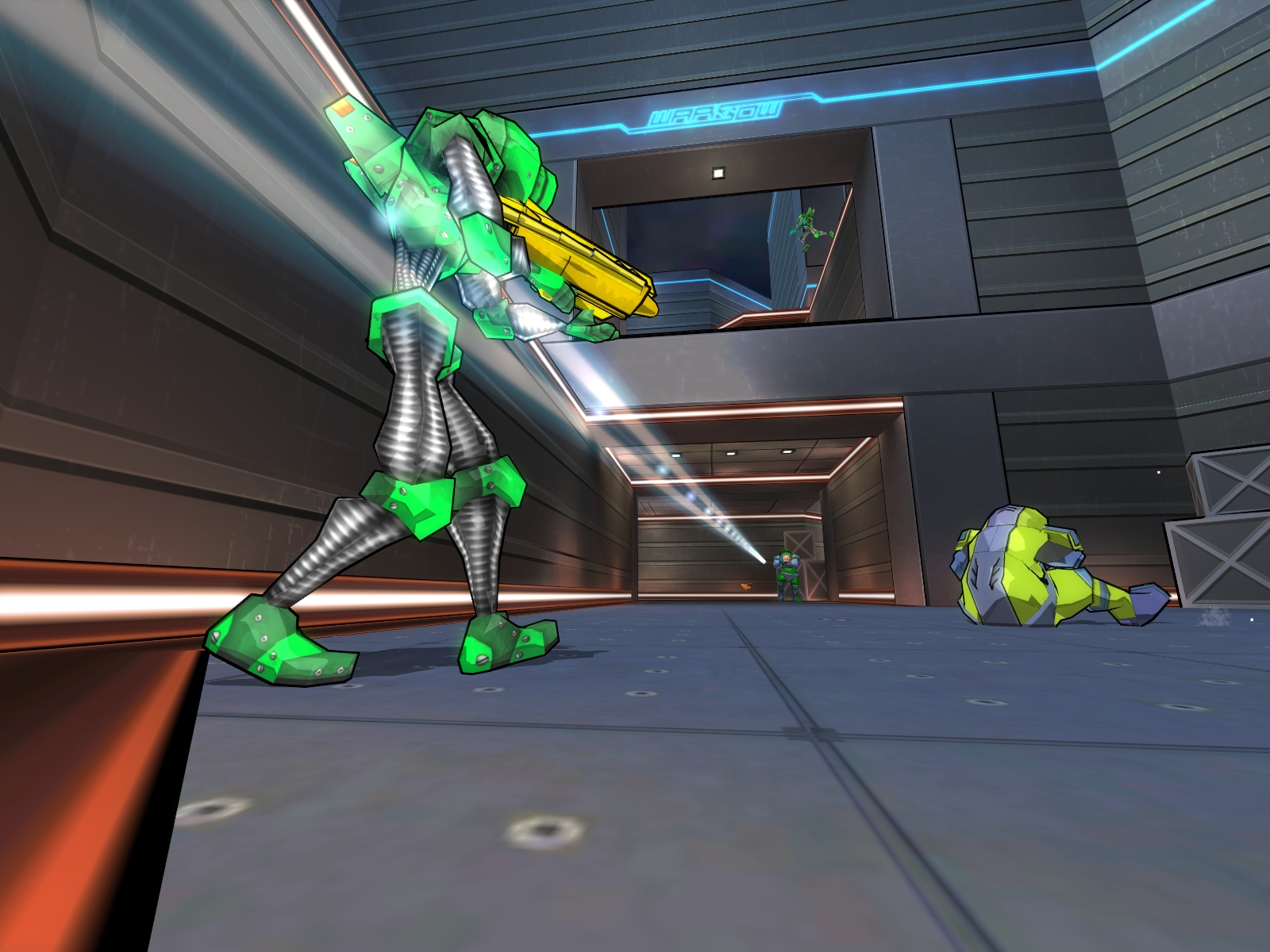


She was sentenced to death but narrowly escaped on the day of her scheduled execution, after Żegota bribed German officials to obtain her release. Withstanding torture and imprisonment, Sendler never revealed anything about her work or the location of the saved children. The German occupiers suspected Sendler's involvement in the Polish Underground and in October 1943 she was arrested by the Gestapo, but she managed to hide the list of the names and locations of the rescued Jewish children, preventing this information from falling into the hands of the Gestapo. Sendler participated, with dozens of others, in smuggling Jewish children out of the Warsaw Ghetto and then providing them with false identity documents and shelter with willing Polish families or in orphanages and other care facilities, including Catholic nun convents, saving those children from the Holocaust. During the war she pursued conspiratorial activities, such as rescuing Jews, primarily as part of the network of workers and volunteers from that department, mostly women. From 1935 to October 1943, she worked for the Department of Social Welfare and Public Health of the City of Warsaw.
#Brian warsow free#
In the 1930s, Sendler conducted her social work as one of the activists connected to the Free Polish University. From October 1943 she was head of the children's section of Żegota, the Polish Council to Aid Jews (Polish: Rada Pomocy Żydom). "Irena Stanisława Sendler (née Krzyżanowska), also referred to as Irena Sendlerowa in Poland, nom de guerre Jolanta (15 February 1910 – ), was a Polish humanitarian, social worker, and nurse who served in the Polish Underground Resistance during World War II in German-occupied Warsaw. Sendler and the girls from Life in a Jar, 2002-Front row are Sabrina, Lacy, and Liz Back row are Megan and Jessica - photo by Megan Felt (via neh.gov) Irena Sendler in 1942-Polish Cultural Institute (via Wikipedia) Header Image Source: Photo by Darshan Gajara on Unsplash Nazi Resistance Fighter Irena Sendler Notes:


 0 kommentar(er)
0 kommentar(er)
